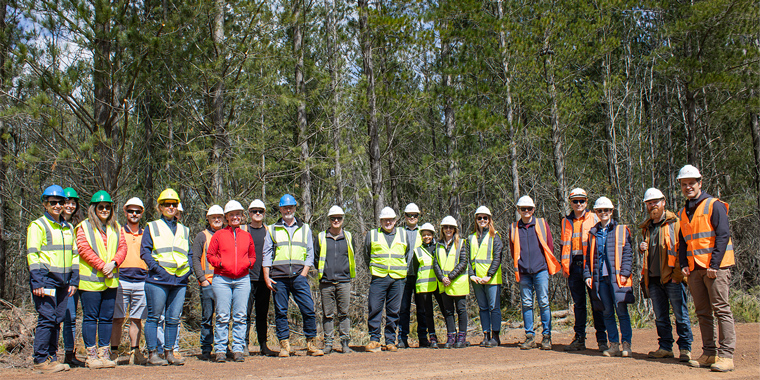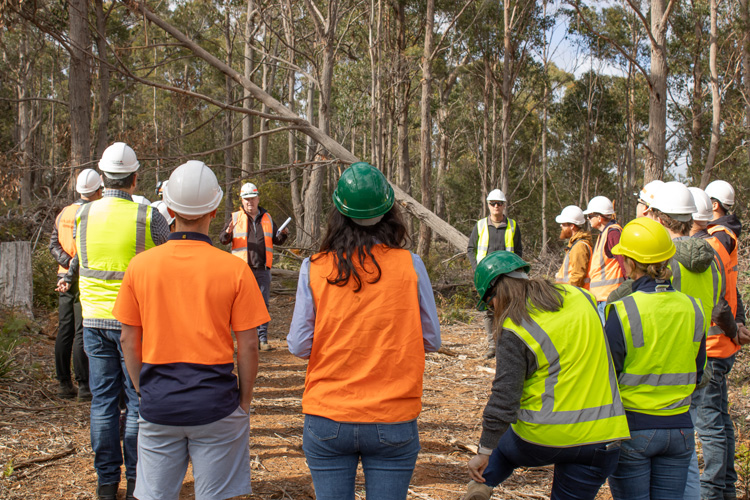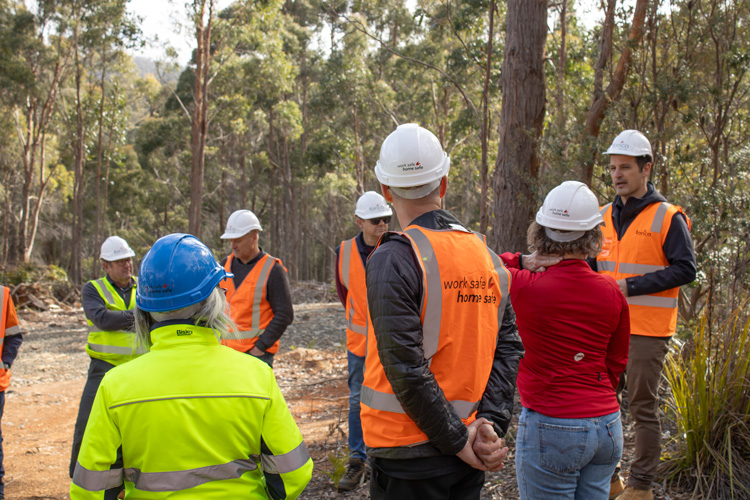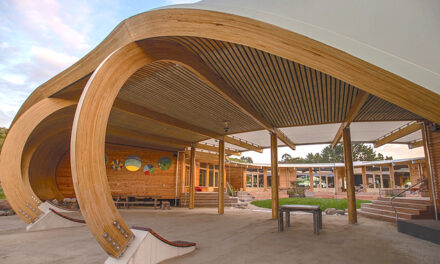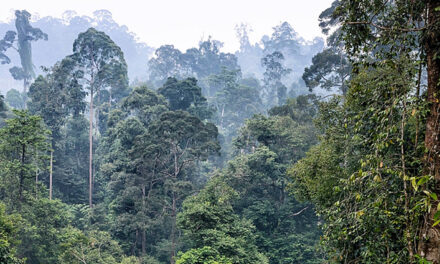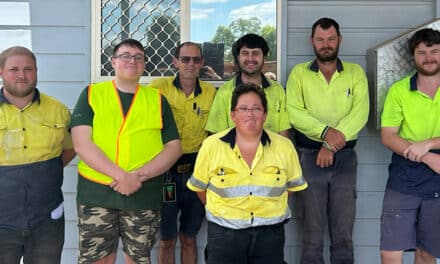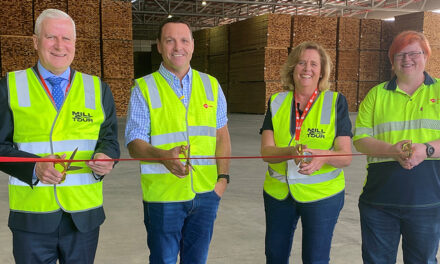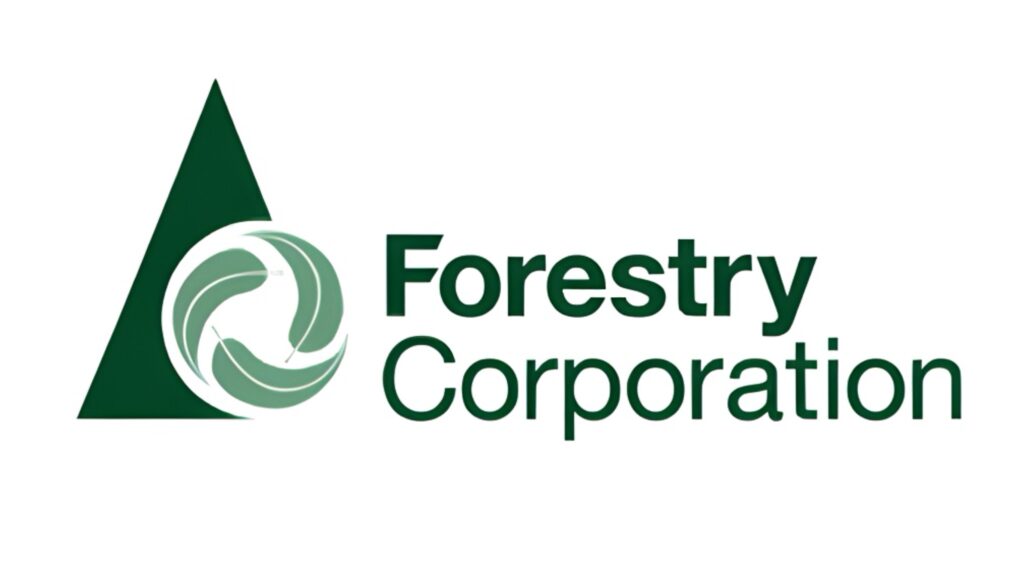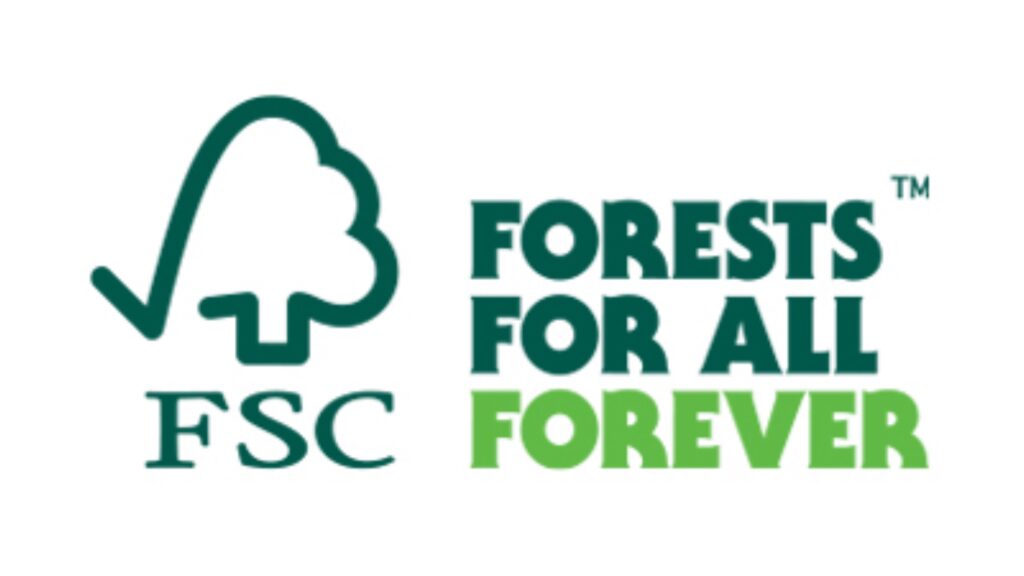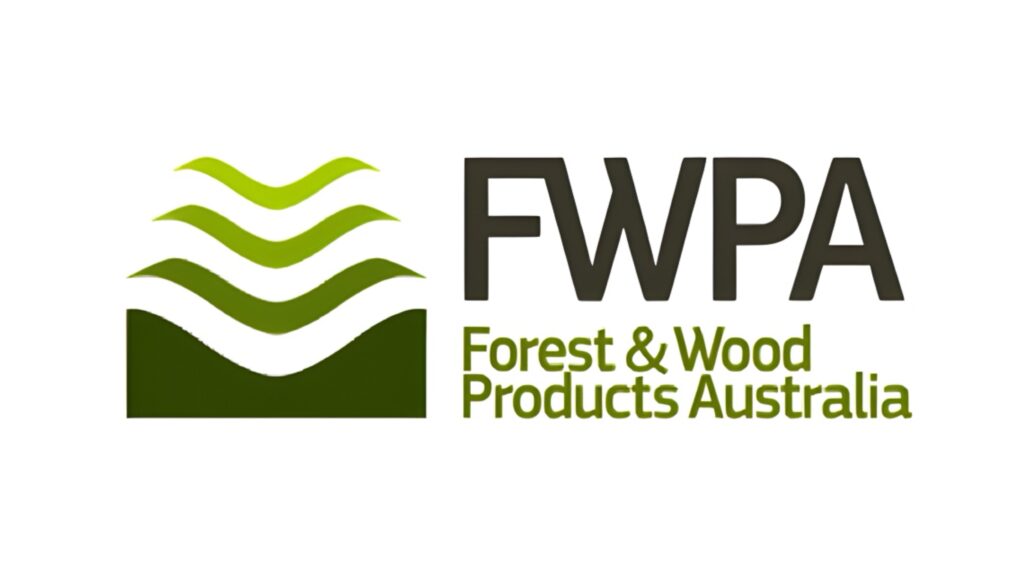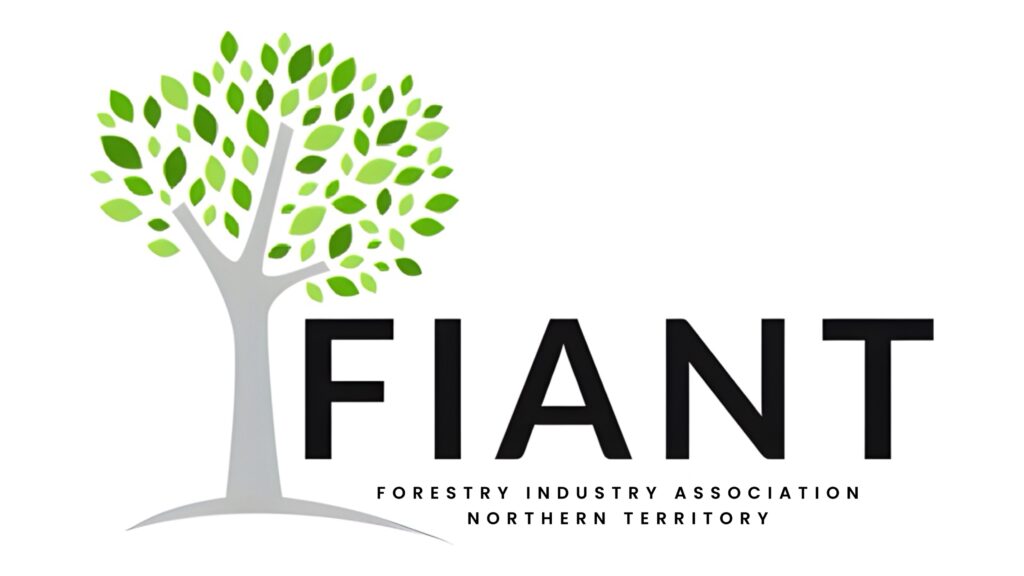BRIDGING THE GAP
RESPONSIBLE WOODS HOSTS A TASMANIAN FIELD TRIP FOR ARCHITECTS, BUILDERS AND DESIGNERS.
Sustainable Timber Tasmania discussing sustainable forest management with field trip attendees.
Photo: Responsible Wood
Matt de Jongh describing Responsible Wood certification and sustainable forest management with field trip attendees.
Photo: Responsible Wood
Attendees at the Timberlink site at Bell Bay facility.
MAIN PIC: Field trip attendees at a Responsible Wood certified Forico plantation. Photos: Responsible Wood
In a drive to strengthen the link between the design community and the forest and wood products sector, Responsible Wood and the CSAW University of Tasmania recently hosted a field trip in Launceston, Tasmania. Held in collaboration with Sustainable Timber Tasmania (STT), Timberlink, Forico Pty. Limited, Forest and Wood Products Australia (FWPA), and the Tasmanian Forest Products Association (TFPA), the event offered architects and designers a firsthand look at sustainable forest management and ethical timber supply chains.
The field trip showcased Tasmania’s leadership in certified forestry, offering a unique opportunity for participants to observe the timber supply chain from forest management to processing. The event placed a spotlight on Responsible Wood’s certification standards, which ensure responsible forestry practices and sustainable outcomes.
SEEING SUSTAINABILITY IN ACTION
The day included visits to Timberlink’s state-of-the-art processing facility and tours of certified forests managed by Forico and STT. These visits illustrated the comprehensive environmental management and technological sophistication that underpin certified forestry. The participants learned about the intricate balance of sustainability, carbon sequestration, and biodiversity conservation embedded in forest management.
One highlight was the emphasis on Responsible Wood certification to the Australian Standards (AS/NZS 4708 and AS 4707). These standards ensure timber is sustainably sourced and processed, supporting transparency and best practices from forest to final product.
“Seeing the care and expertise that goes into Tasmania’s forest management was eye-opening,” said Sarah Downey, Head of Marketing and Communications, FWPA. “For architects and designers, understanding the source of their materials is key to promoting sustainable construction. The field trip reinforced the importance of certified timber in achieving low-carbon building outcomes.”
CONNECTING DESIGNERS WITH FOREST ORIGINS
Responsible Wood’s Sustainability Manager, Matt de Jongh, underscored the importance of engaging design professionals with the forestry sector: “Bringing architects and designers into the heart of our industry is essential for fostering sustainable construction practices. This experience allowed them to see how certified timber is responsibly sourced, giving them a deeper appreciation of its environmental and social benefits.”
By stepping out of their studios and into the bush, participants experienced firsthand the origins of the timber they use in their designs. They witnessed how modern forestry integrates biodiversity monitoring, growth modelling, and sustainable harvest techniques, balancing environmental stewardship with economic needs.
“The architects left with a stronger connection to the forests and a deeper understanding of the materials they work with,” said Nick Steel, CEO of TFPA. “This connection enhances their ability to advocate for sustainable materials in their projects.”
PROMOTING ETHICAL SUPPLY CHAINS
A central theme of the field trip was the ethical sourcing of timber and the role that sustainable supply chains play in reducing the carbon footprint of the built environment. Timberlink, Forico, and STT provided participants with insights into how responsibly sourced wood contributes to climate action by sequestering carbon and reducing reliance on carbon-intensive materials.
“We need to ensure that the timber supply chain remains ethical and sustainable, from forest to end product,” noted Steven Rymer of STT. “Events like this highlight the commitment our industry has to climate solutions, ensuring that architects and designers can confidently choose certified timber for their projects.”
COLLABORATION FOR CLIMATE-FRIENDLY DESIGN
Gary Fleming, Wood Encouragement Officer at the University of Tasmania, emphasised the importance of cross-industry collaboration. “The field trip fostered stronger partnerships between the design and forestry sectors,” he said. “When architects and designers see these sustainable operations firsthand, they’re more confident in advocating for certified timber in their work. The enthusiasm for sustainable design was clear.”
“As a forest manager we are proud to showcase our certified sustainably managed forests to the end users,” said Ann La Sala, Forico. As global demand for eco-friendly materials grows, the need for collaboration between forestry and design becomes increasingly important. The Launceston field trip reinforced this, demonstrating how partnerships can drive the adoption of sustainable timber solutions in construction.
A STEP FORWARD FOR RESPONSIBLE WOOD
For Responsible Wood, the field trip marked another step in its mission to engage the design community in sustainable construction. With the continued expansion of certified timber use in architecture, events like this serve to bridge the gap between forestry and design.
“By bringing architects and designers closer to the origins of the materials they use, we can foster greater collaboration,” said Trevor Innes, Timberlink. “Certified timber plays a critical role in lowering the carbon footprint of the built environment, and this field trip helped demonstrate that.”
As the national benchmark for sustainable forestry standards in Australia, Responsible Wood remains committed to promoting responsible timber use, protecting the environment, and supporting rural communities. Through continued collaboration with architects and designers, the organisation aims to champion climate-friendly materials and encourage the use of certified timber in future building projects.

